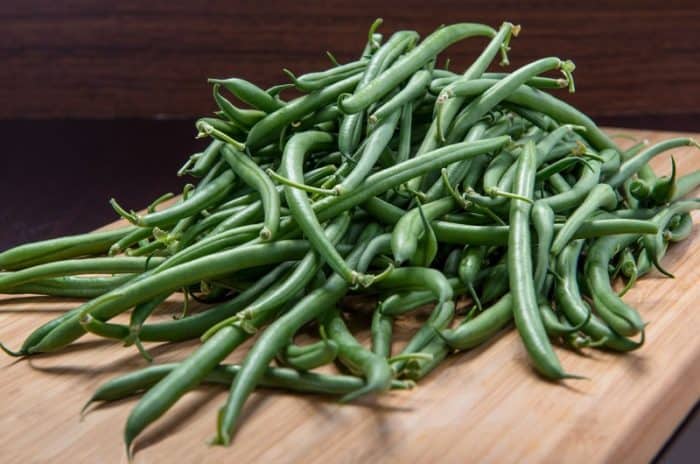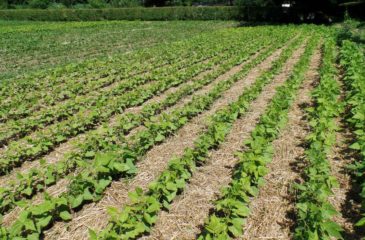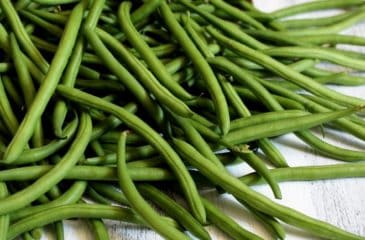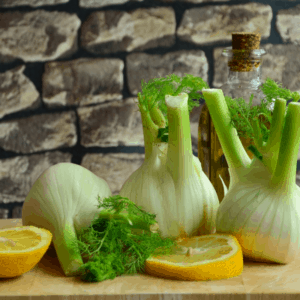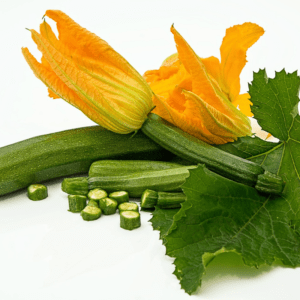Green beans are legumes, but unlike other beans, lentils and chickpeas, they are harvested and eaten young, before their seeds (beans) have fully matured, therefore the tender pod and small inner bean are both editible and they are eaten whole. Unlike other beans, lentils and chickpeas, green beans do not cause flatulence.
Originally from Central and South America, green beans were first brought to Europe in the early 1500s, and today are cultivated in Italy, Greece, Turkey and India., as well as in parts of Asia.
Green beans are classified by growth habit into two major groups, “bush” (or “dwarf”) beans and “pole” (or “climbing”) beans.
They can be eaten raw or steamed just until tender, boiled, stir-fried (esp. with tofu, garlic and chillies), baked or braised. Raw or steamed, they are wonderful in summer salads; one of the Mediterranean’s traditional summer dishes: braised with tomatoes, onions, and fresh herbs such as dill, is good at cool room temperature, much like a salad or antipasto/meze, as it is served hot. Green beans may be added to vegetable soups, such as minestrone, and are delicious pickled in a salt and vinegar brine. Added to meat or vegetable stews, especially cooked in olive oil, they are the soul of the Mediterranean; and what better summer lunch than insalata tricolore: cooked green beans, ripe tomatoes, and tender potatoes, the colours of the Italian flag, the taste of a Mediterranean summer.
They are eaten around the world—sold fresh, canned, and frozen. They are high in vitamin K, and also contain a good amount of calcium. These nutrients are important for maintaining strong, healthy bones and reducing the risk of fractures.

